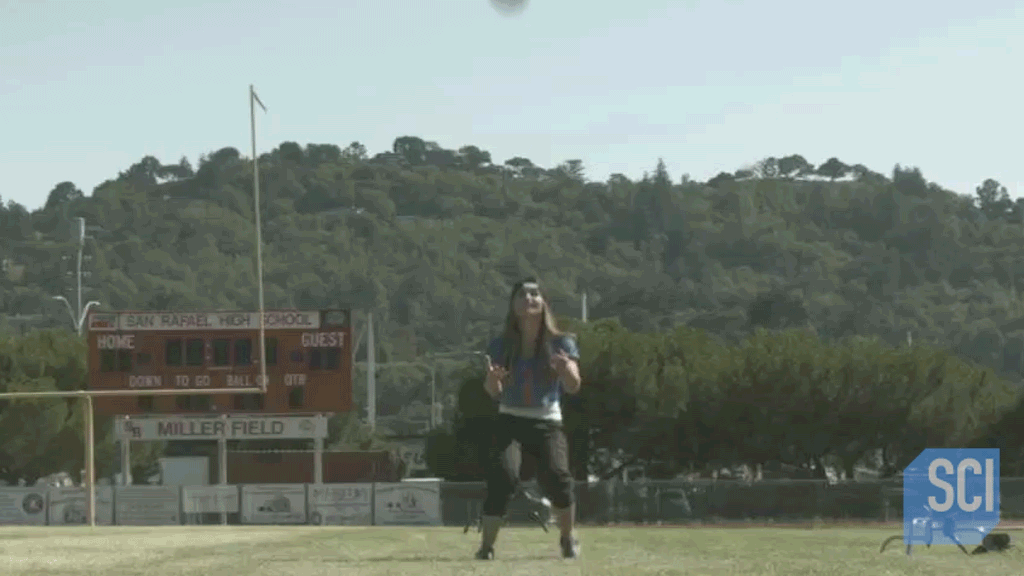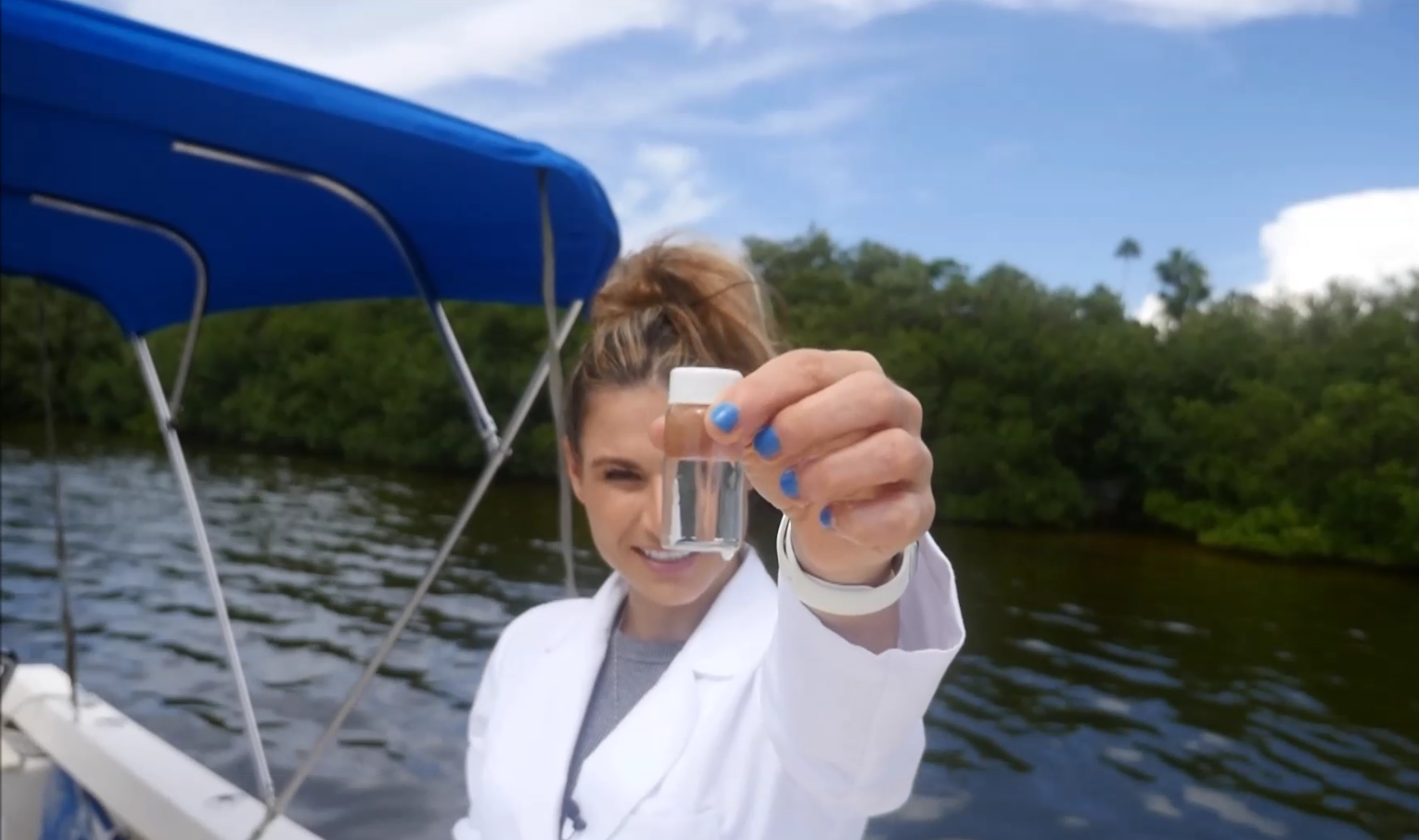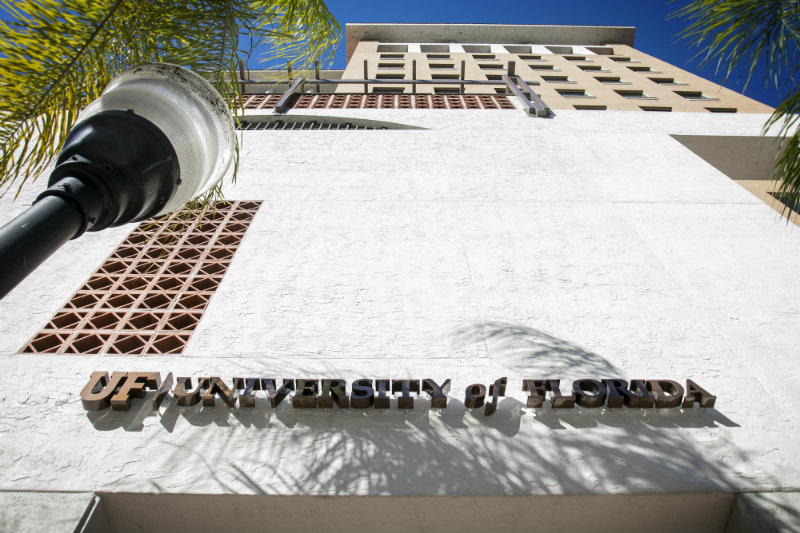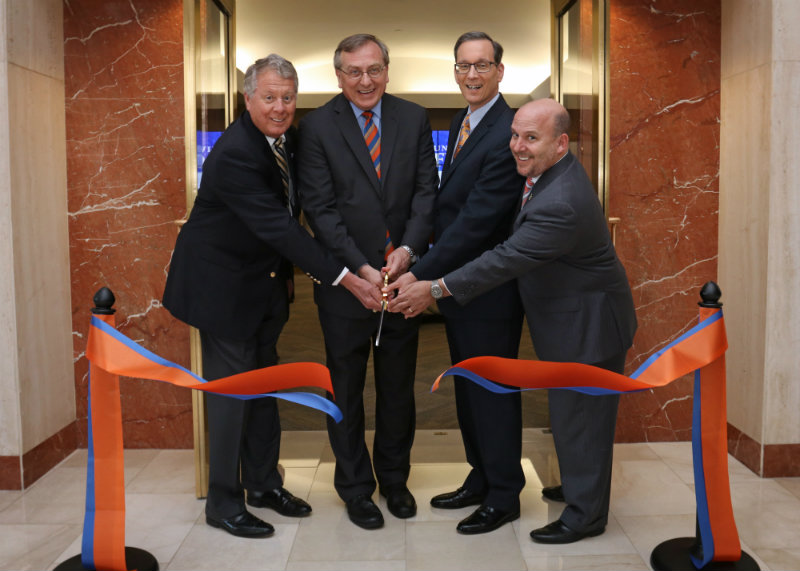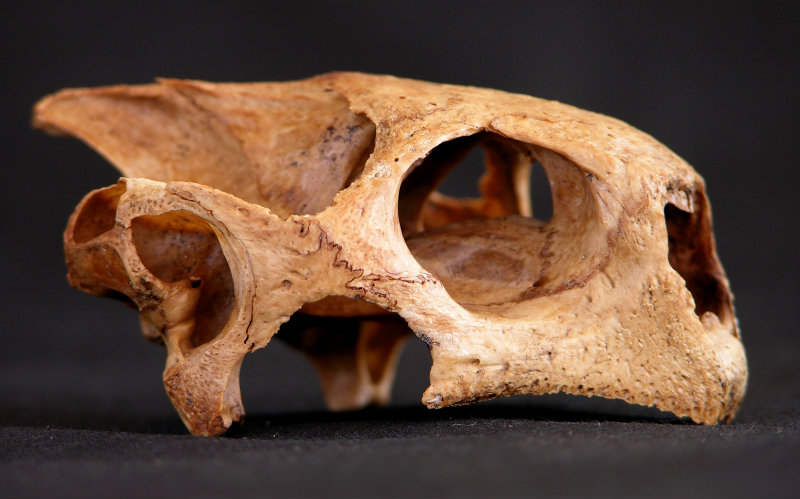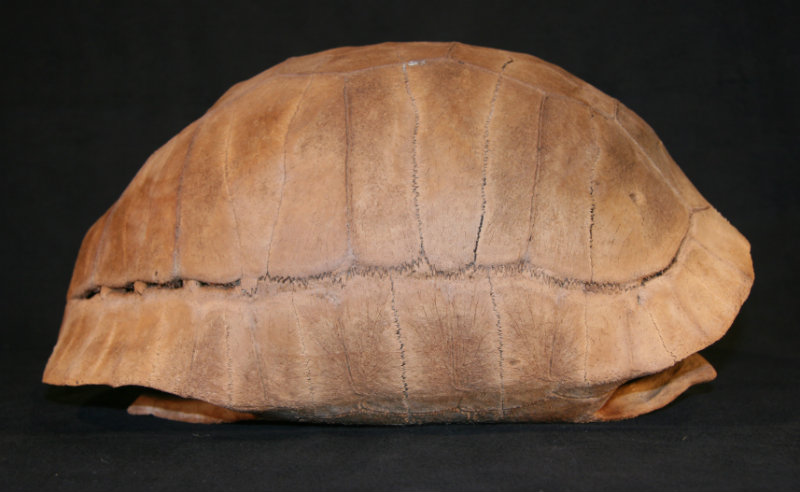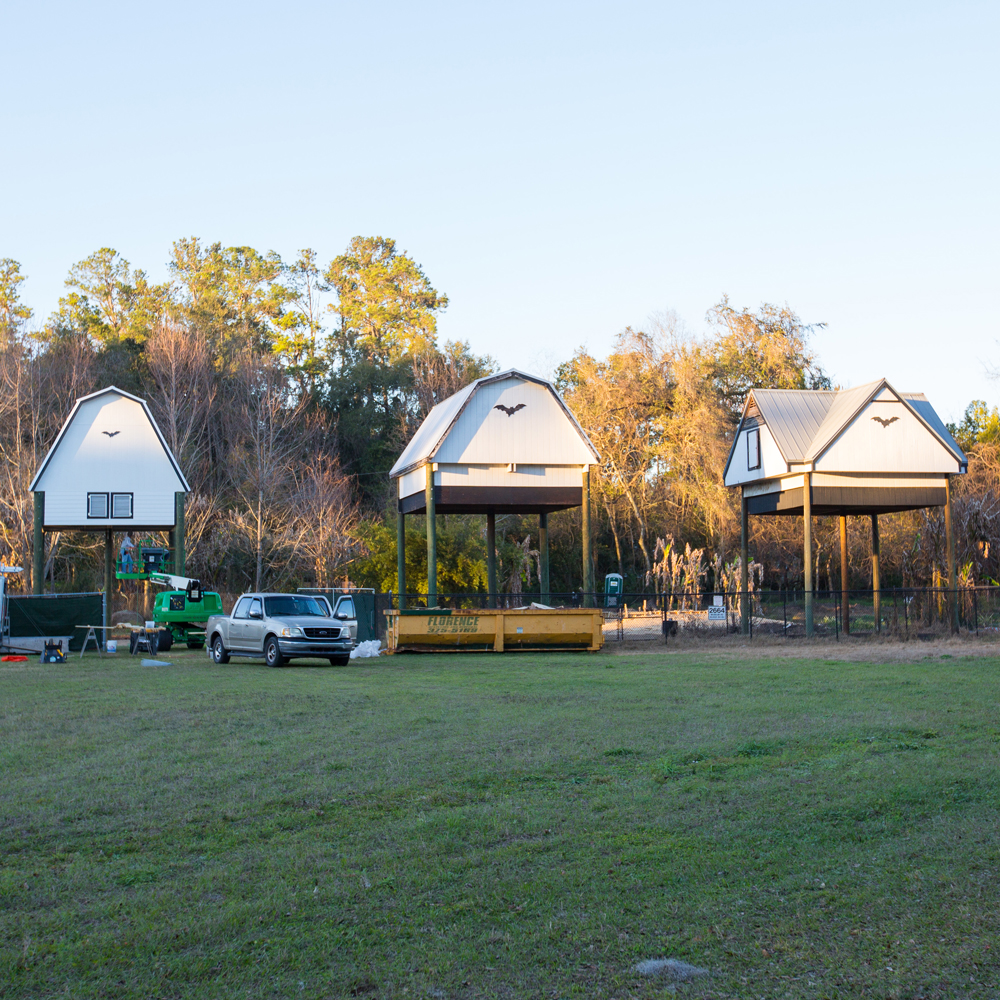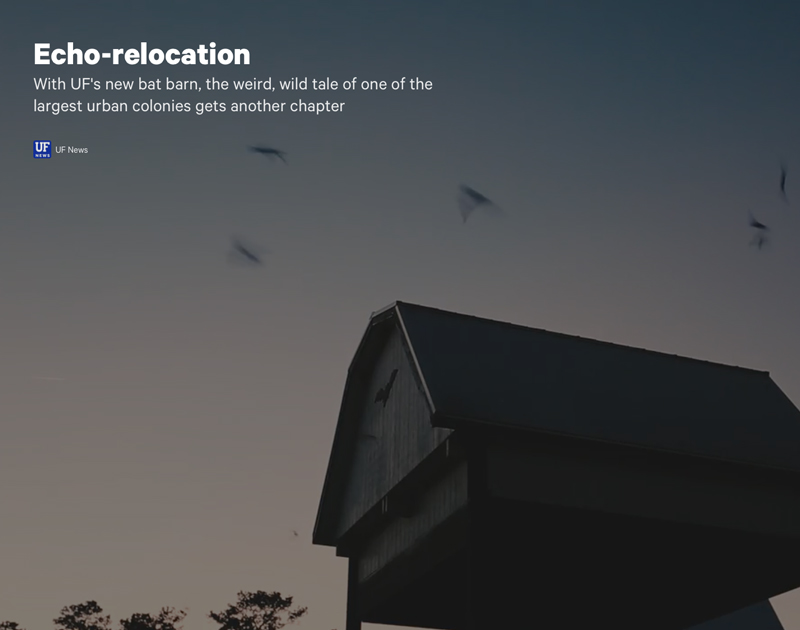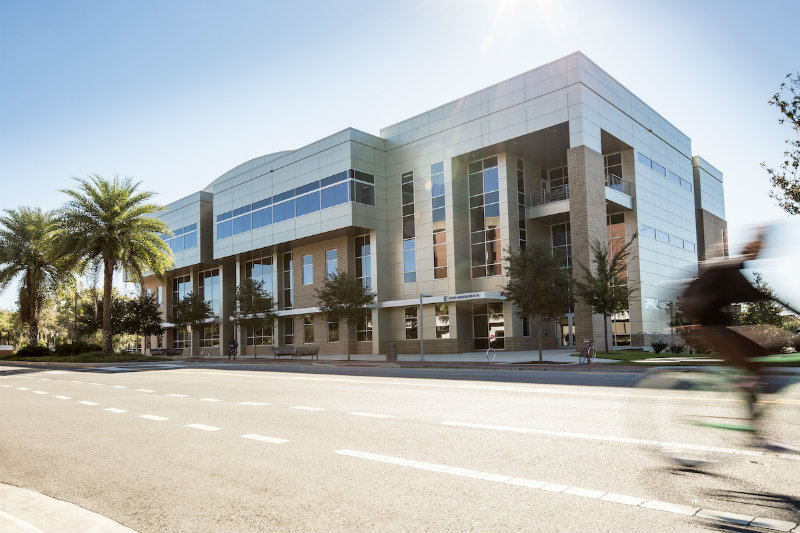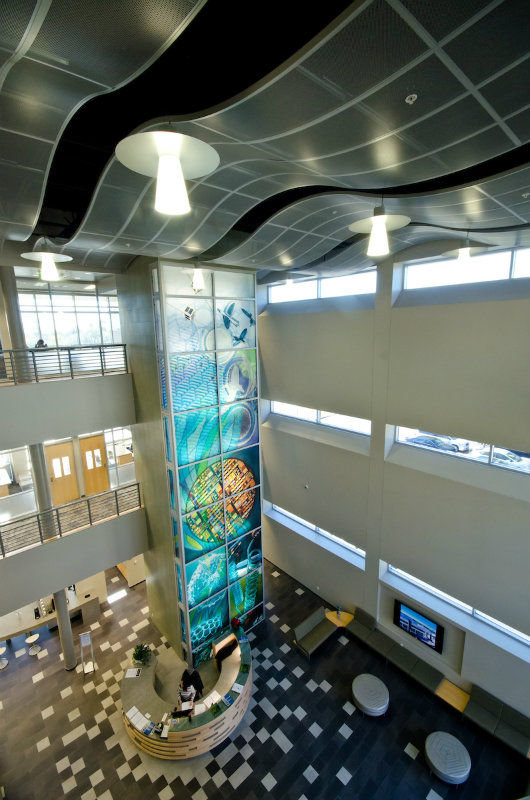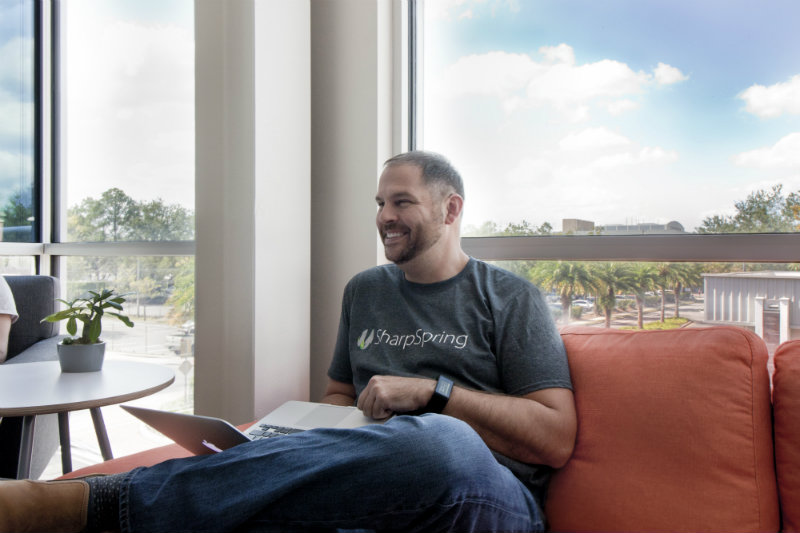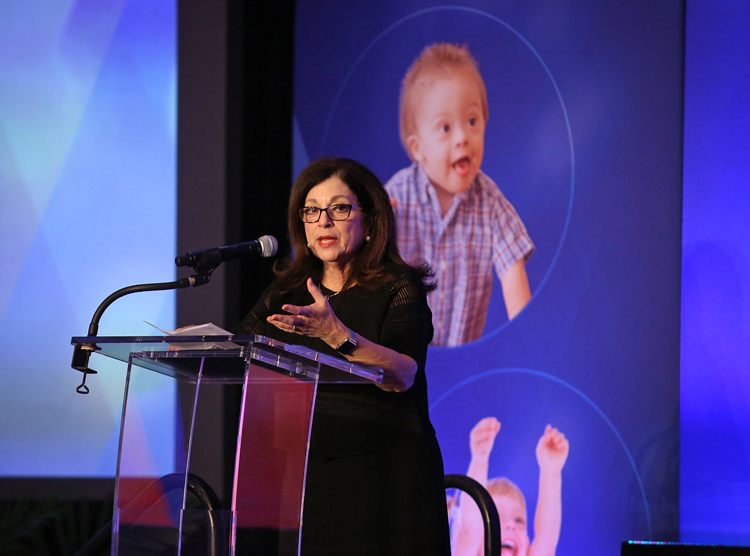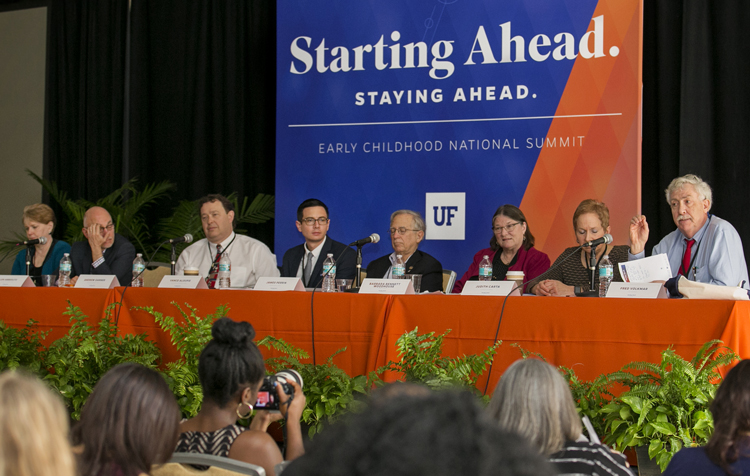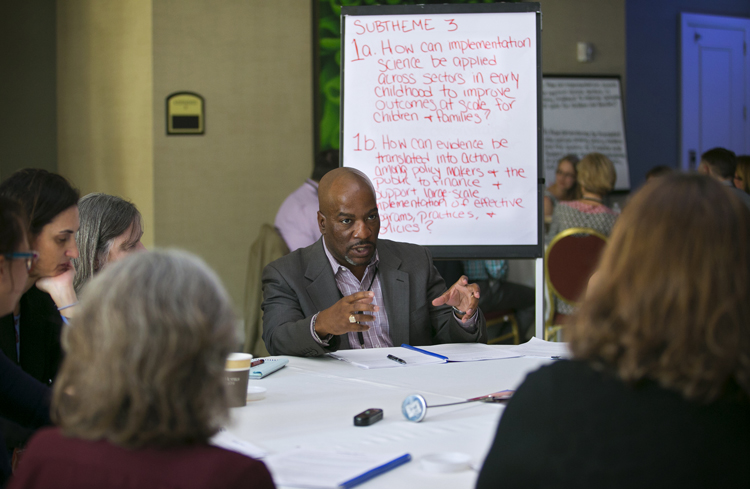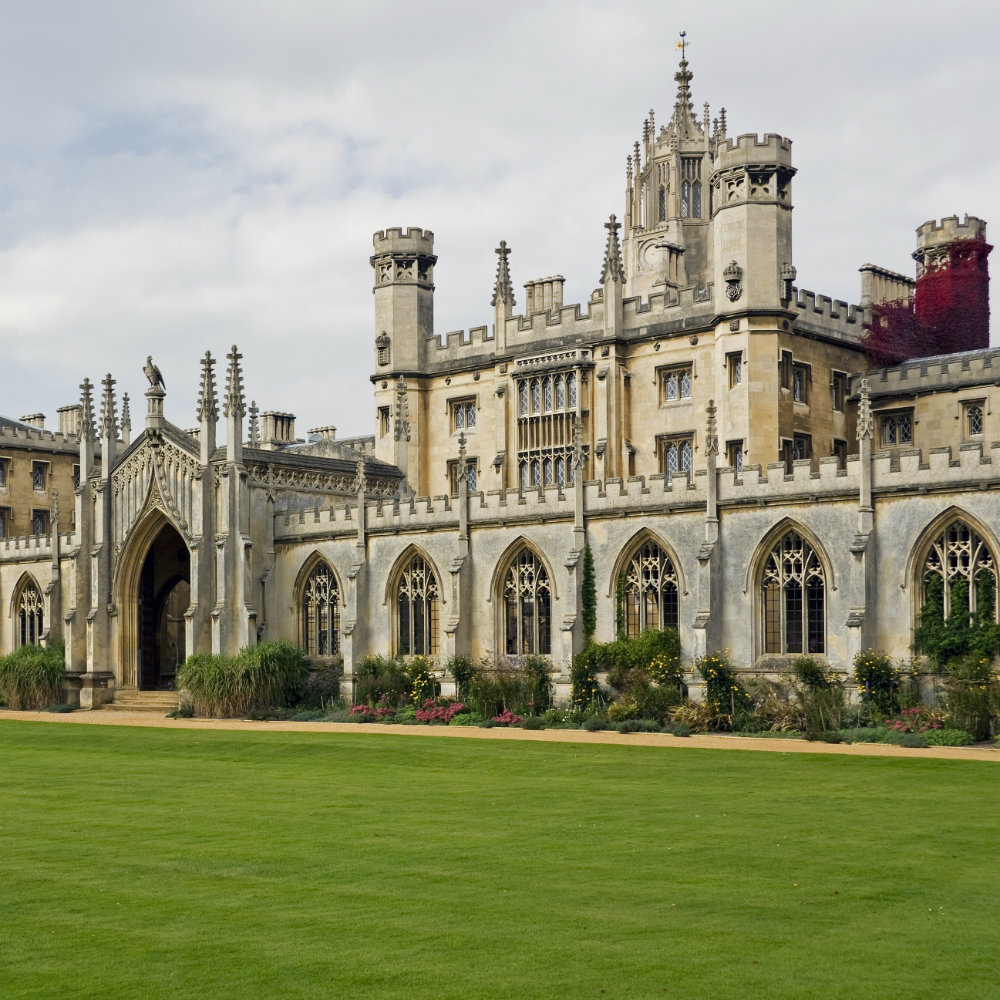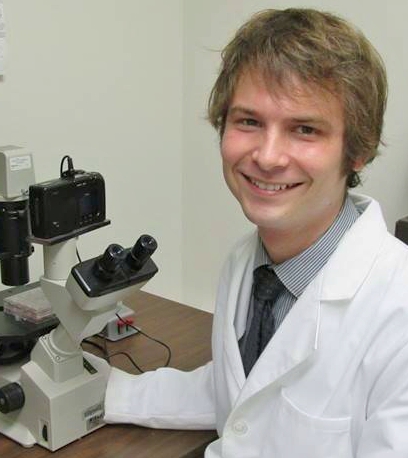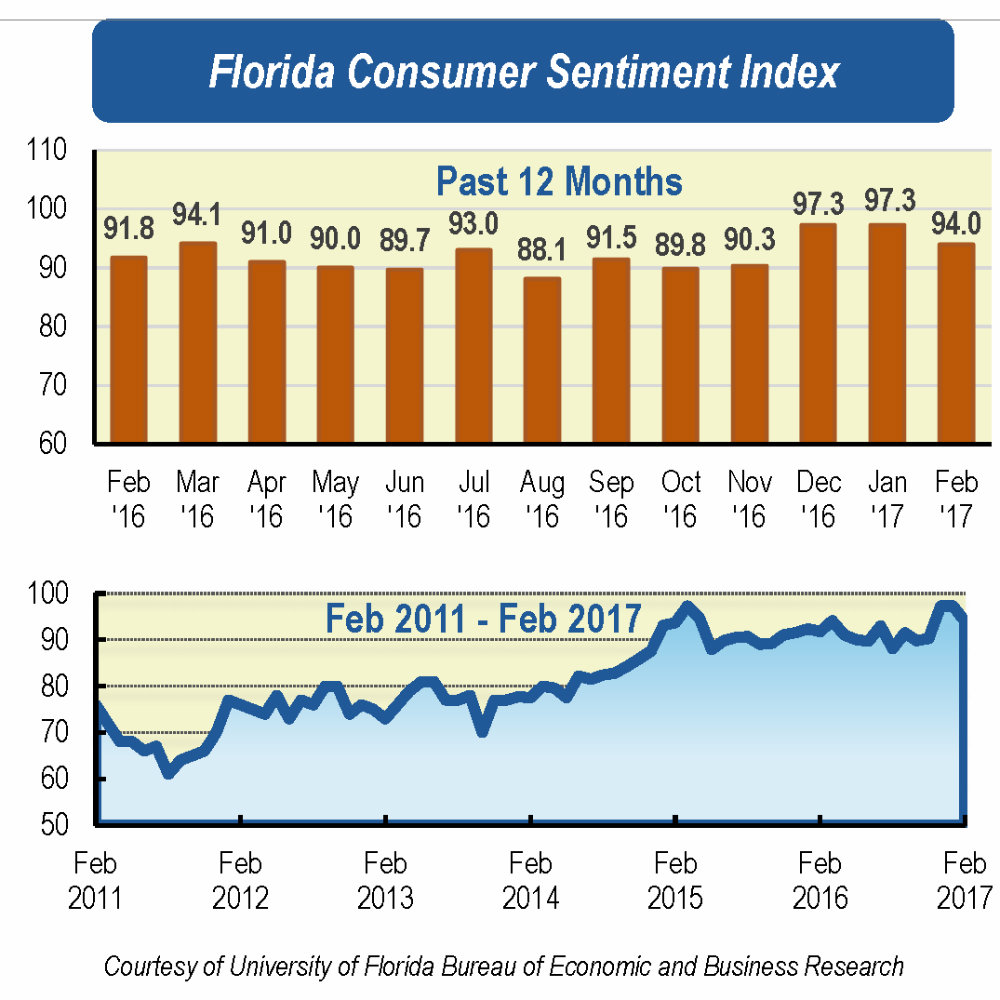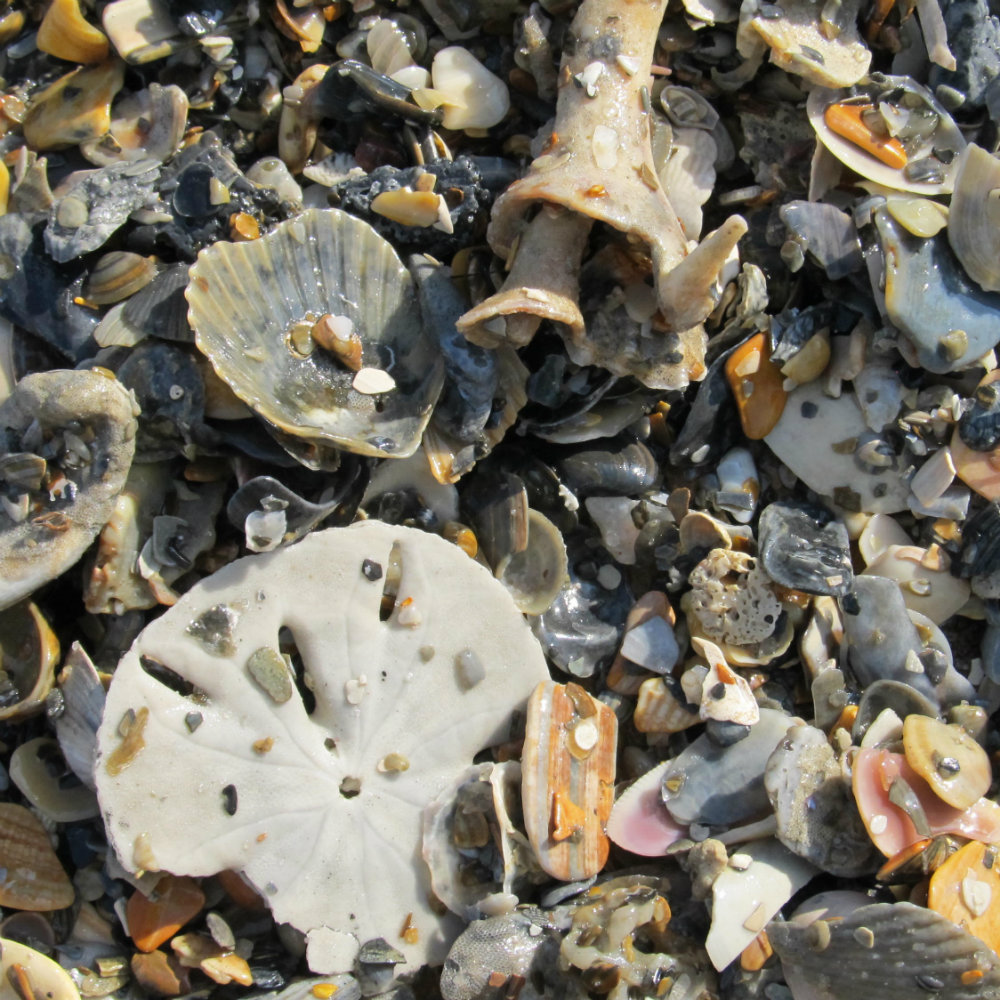Desmond Schatz, professor and medical director of the UF Diabetes Institute, observes that diabetes, which kills 69,000 people annually, is an epidemic bound to worsen.
Mary Tyler Moore debuted on television in the 1950s, appearing in commercials that aired during a popular show. Her star continued to rise until Moore landed the eponymous sitcom that became a staple of 1970s pop culture.
But it was another event that cast her in a new, unfamiliar and lifelong role: a diagnosis of Type 1 diabetes at age 33. Moore, who died Jan. 25 at age 80, did more than just fight her disease. She leveraged her star power to become an advocate for diabetes research.
Moore’s official cause of death, cardiopulmonary arrest, was released Jan. 30. Diabetes was listed as a contributing factor.
As a physician who directs a diabetes institute at an academic medical center, I see this moment as a teaching opportunity about her disease. I also hope to show how Moore used her celebrity for good in the fight against diabetes, which kills 69,000 people a year, more than the toll of HIV/AIDS and breast cancer combined.
An old problem, with new and growing numbers
The prevalence of diagnosed diabetes, in all forms, in the U.S. increased by 382 percent from 1988 to 2014.
There are two types, but both involve the build-up of sugar in the blood, which can damage blood vessels and organs and lead to death and disability.
Type 1 diabetes arises when the pancreas fails to produce insulin that allows the body to extract energy from food. Sugar builds up in the blood rather than going to cells, where it is used for energy. About 1.25 million people have this type of diabetes, and it is what Mary Tyler Moore suffered from.
Type 2 diabetes is much more common, with about 30 million people suffering from this condition and another estimated 86 million people in the U.S. considered prediabetic. In Type 2 diabetes, the body does not use insulin properly, causing blood sugar levels to fluctuate and metabolism of sugar to be inconsistent. Lifestyle changes can help treat Type 2, also, but medication is frequently needed.
Moore, who was otherwise healthy when diagnosed with diabetes, said in 2006 that she was “incredulous” to learn that her blood sugar was nearly seven times the normal level. Not satisfied to just manage her condition, Moore immersed herself in the fight against the disease.
Moore’s persistence paid off: Her lobbying of Congress helped boost the Juvenile Diabetes Research Foundation’s funding by more than US$1 billion over the years, according to the National Institutes of Health’s Medline Plus magazine.
Such is the positive power of being a celebrity. For Moore, the diagnosis was never about mere acceptance of the disease or simply going public about its effect on her life. Later in life, Moore spoke candidly about the diabetic complications she was suffering. Through it all, her trademark smile and determination were a beacon of hope to other patients.
In 2001, Moore rallied a group of experts and some 200 diabetes patients as part of an effort to gain more federal research funding. Moore could have emphasized her diabetes when she testified to Congress then, but instead spoke about how it affects others.
“A child with Type 1 diabetes is a living time bomb. Each child faces a future with the risk of early blindness, kidney failure, amputation, heart attack, and stroke,” Moore told USA Today. “Even if they do all they can to be as normal as possible, they’re not. And long before these children become old, they’re forced to face the possibility of their own mortality.”
An epidemic bound to worsen
Diabetes in all its forms is now at epidemic proportions: Each day, 3,800 people in the United States are diagnosed. Of the estimated 86 million people with prediabetes, nearly 90 percent of them are unaware of their condition. Education and awareness are especially important for this group. Prediabetes can be treated, and diabetes can be averted. This is important, because diabetes itself cannot be cured. With care, it can be managed. But it does not go away.
Diabetes is not merely a public health threat. It is also creating a fiscal calamity. Caring for a diabetes patient costs 2.3 times more than treating someone who doesn’t have the disease. Lost productivity and medical expenses related to diabetes cost our country $322 billion a year.
Despite being 30 times more prevalent than HIV/AIDS, per-patient spending on diabetes research by the National Institutes of Health pales when compared to research spending on the immunodeficiency virus. In 2012, for example, NIH spent $5.6 billion on cancer research, compared to $1 billion for diabetes.
In Mary Tyler Moore, the millions of current and future diabetes patients had a tireless supporter. Moore often spoke about overcoming the denial, anger and fear that came with her diabetes diagnosis. In her memoir, “Growing Up Again: Life, Loves, and Oh Yeah, Diabetes,” Moore recalled being gripped with fear of self-injecting insulin, along with journaling, charts, urine testing and other aspects of disease management. Ultimately, she overcame all of that and gave hope to millions of her fellow patients.
As the principal investigator in numerous National Institute of Health and Juvenile Diabetes Research Foundation-funded studies aimed at preventing and/or reversing Type 1 diabetes, I see the power and promise that research holds.
Now, it’s our turn to carry on Mary Tyler Moore’s message. Diabetes researchers and the public can honor her commitment to diabetes research by lending our voices to the cause. Our nation lacks a sense of urgency about the need for more research for a cure and education about self-management of the disease.
Tell your state officials and congressional representatives that diabetes is an urgent public health problem. Left unchecked, it may only get worse. Help ensure that funding the best research, education and treatments is a priority.
Like Mary Tyler Moore’s on-screen persona, we can make it after all.
![]() This article was originally published on The Conversation. Read the original article.
This article was originally published on The Conversation. Read the original article.



